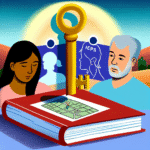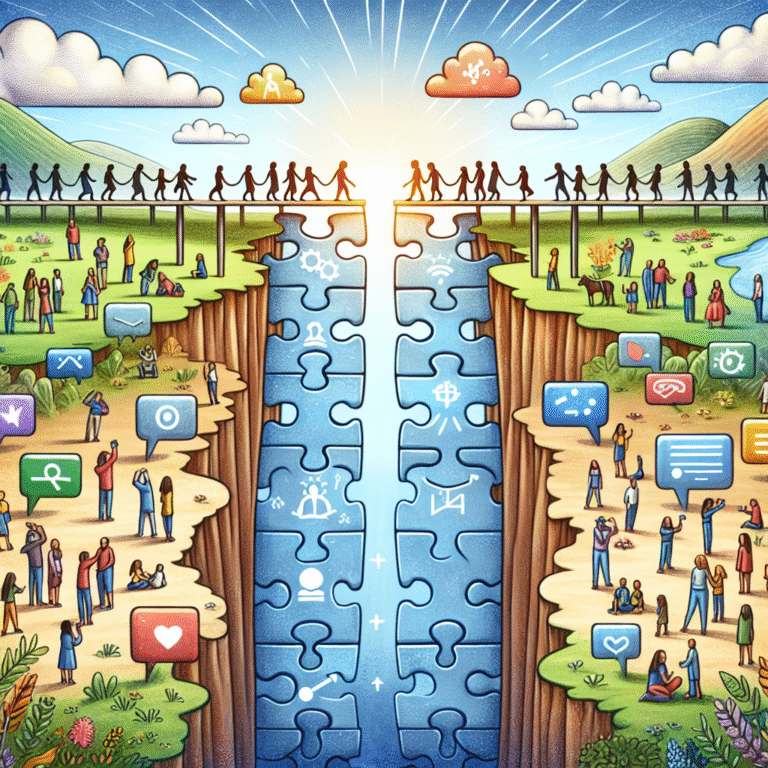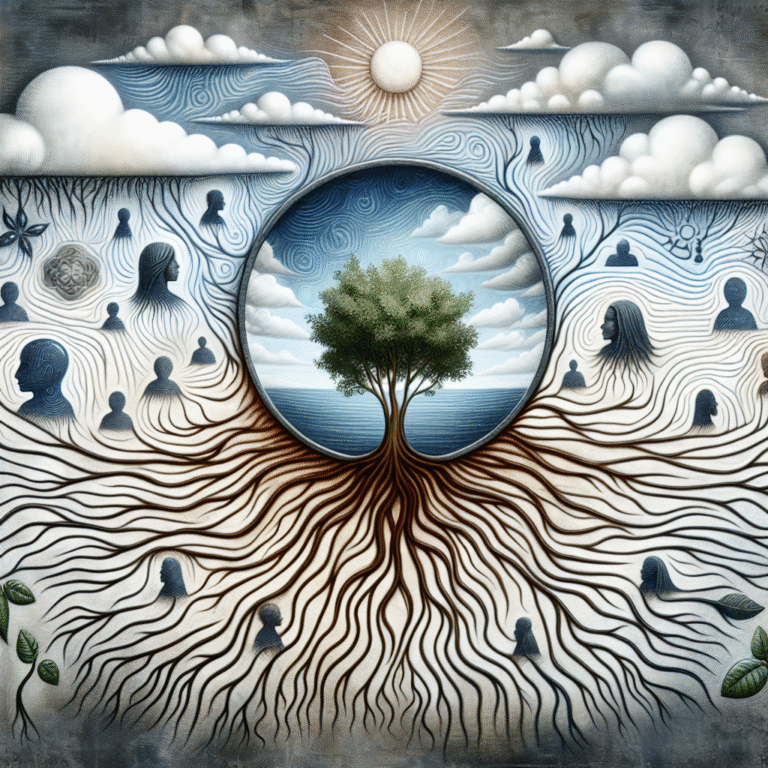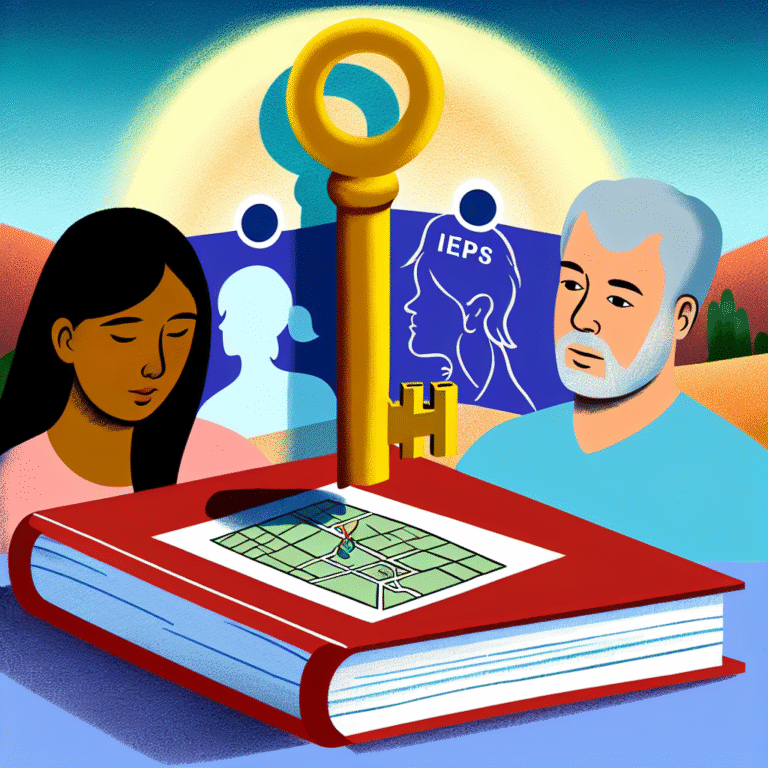
Introduction
Imagine navigating the intricate web of human relationships with the precision of a scientist examining neural connections in the brain. The Neural Pathways of Influence: Understanding Social Dynamics Through Neuroscience offers an illuminating perspective on how these connections shape our interactions, decisions, and even our societies. As we delve deeper into how our brains process social information, we’ll uncover actionable insights that not only enhance personal relationships but also transform professional dynamics.
Understanding these neural pathways gives us the ability to harness their power, creating environments where collaborative efforts flourish and innovation thrives. By the end of this article, you’ll appreciate how neuroscience can be the key to mastering social influence and improving relationships in every aspect of life.
The Neural Framework of Social Interactions
To understand the Neural Pathways of Influence: Understanding Social Dynamics Through Neuroscience, we must first explore the brain’s architecture when it comes to social interactions. The human brain is not just a collection of neurons; it’s a highly connected ecosystem where specific areas are pivotal in processing social cues, emotional responses, and relational dynamics.
Key Regions of the Brain Involved
Amygdala: Often referred to as the brain’s emotional center, the amygdala processes emotions such as fear and pleasure, playing a crucial role in how we react to social stimuli.
Prefrontal Cortex: Responsible for decision-making and social behavior, the prefrontal cortex allows us to evaluate situations and make choices based on social feedback.
Mirror Neurons: These neurons fire both when we perform an action and when we observe someone else doing the same. They underpin empathy and social connection, allowing us to resonate with others’ feelings.
- Temporal Lobes: Involved in auditory processing and memory, the temporal lobes help us understand and remember past social interactions, which shapes our future responses.
Understanding Social Influence
Social influence can be understood as the ways in which individuals change their thoughts, feelings, or behaviors in response to others. When we delve into the Neural Pathways of Influence: Understanding Social Dynamics Through Neuroscience, we realize that these influences are not just social but also neurological.
Case Study 1: The Power of Mirroring
Research has demonstrated that when people engage in mirroring—subtly mimicking the body language of others—they tend to build rapport faster. A study found that waiters who mirrored their customers’ behaviors received higher tips. This suggests that engaging the brain’s mirror neuron system can significantly enhance social interactions.
Analysis: This case shows how mirror neurons facilitate social bonds by encouraging empathy and understanding, key components of social influence.
The Role of Neurotransmitters in Social Dynamics
Neurotransmitters are the brain’s chemical messengers, and they play vital roles in influencing our social interactions. The primary ones include:
- Oxytocin: Known as the ‘love hormone,’ it enhances feelings of trust and connection.
- Dopamine: Linked to feelings of pleasure, it encourages social bonding through rewarding experiences.
- Serotonin: Involved in mood regulation, higher serotonin levels promote positive social interactions.
Case Study 2: Oxytocin and Trust
A fascinating study showed that participants who received oxytocin were more likely to exhibit trust in others during monetary games. This suggests that manipulating oxytocin levels can influence social dynamics profoundly.
Analysis: This case study emphasizes the importance of biochemical factors in shaping social interactions. Understanding these processes allows individuals to foster trust and cooperation effectively.
Chart: The Influence of Neurotransmitters on Social Behavior
| Neurotransmitter | Role in Social Dynamics | Effects |
|---|---|---|
| Oxytocin | Enhances trust | Increased bonding and social connection |
| Dopamine | Promotes pleasure and rewards | Amplifies motivation in social settings |
| Serotonin | Stabilizes mood | Leads to positive social perceptions |
The Neuroscience of Group Dynamics
Understanding the Neural Pathways of Influence: Understanding Social Dynamics Through Neuroscience extends to group behavior. When in a collective environment, the brain processes social information differently compared to individual settings.
The ‘Us vs. Them’ Mentality
The parochial nature of humans often brings out in-group versus out-group biases. Neuroscience explains how our brains react to perceived threats from outsiders, activating survival mechanisms that can hinder collaboration.
Case Study 3: Group Identity and Decision Making
In a study about group identity, researchers found that individuals were more likely to conform to group opinions, even when they privately disagreed. The brain’s reward pathways light up when conforming, showcasing the influence of social dynamics on decision-making.
Analysis: This case underscores the importance of understanding group dynamics. Recognizing how group identity impacts individual behavior can help leaders nurture inclusive environments.
Leveraging Neuroscience for Effective Leadership
Now that we have a foundation laid in the Neural Pathways of Influence: Understanding Social Dynamics Through Neuroscience, how can we apply these insights to improve leadership effectiveness?
Strategies for Enhancing Social Influence
Foster Trust with Openness: Utilizing insights from oxytocin studies, create environments where trust is prioritized. Transparency in communication establishes psychological safety.
Utilize Group Dynamics: Be aware of group identity effects. Foster a shared purpose that aligns the group’s goals with individual aspirations.
- Encourage Positive Reinforcement: Use dopamine-driven strategies to reward team successes, enhancing motivation and social bonds.
Table: Strategies for Leadership Impact
| Strategy | Description | Expected Outcome |
|---|---|---|
| Foster Trust | Open communication channels | Increased team cohesion |
| Utilize Group Dynamics | Promote shared goals | Enhanced collaboration |
| Encourage Positive Reinforcement | Reward successes | Boosted motivation |
The Future of Social Neuroscience
As we continue to explore the Neural Pathways of Influence: Understanding Social Dynamics Through Neuroscience, it’s vital to consider the implications of emerging technologies, such as neuroimaging and artificial intelligence. These innovations have the potential to revolutionize our understanding of social interactions further by providing real-time insights into the brain’s workings during social exchanges.
Potential Applications
- Corporate Training: Using neuroscience insights to design training programs that foster empathy and collaboration.
- Mental Health: Better understanding the neurological underpinnings of social anxiety, leading to innovative therapies.
- Education: Shifting teaching strategies to promote social learning based on neuroscience findings.
Conclusion
The Neural Pathways of Influence: Understanding Social Dynamics Through Neuroscience not only illustrates the intrinsic link between our neural architecture and social behaviors but also provides a roadmap to better interpersonal relationships. By leveraging insights from neuroscience, we can enhance our capacity for empathy, trust, and collaboration.
As you move forward, remember that understanding these neural connections allows you to navigate social dynamics more effectively, fostering environments ripe for innovation and connection. Embrace these insights—your relationships and professional endeavors will flourish.
FAQs
1. What are the key brain regions involved in social interactions?
The key areas include the amygdala for emotional processing, the prefrontal cortex for decision-making, and the mirror neuron systems for empathy.
2. How do neurotransmitters like oxytocin influence social behavior?
Oxytocin enhances feelings of trust and bonding, significantly impacting social interactions and cooperation.
3. Can understanding neuroscience improve my leadership skills?
Yes, insights from neuroscience can help leaders foster trust, utilize group dynamics effectively, and encourage motivation through positive reinforcement.
4. How does group identity affect decision-making?
Group identity can create conformity pressures, leading individuals to align their opinions with those of the group, impacting overall decision-making processes.
5. What future trends should we watch regarding social neuroscience?
Emerging technologies like neuroimaging and AI are poised to provide deeper insights into social interactions, which could reshape corporate training and mental health strategies.
By exploring these insights and being aware of the neural dynamics at play, you can elevate your social capabilities, making your interactions not just more meaningful but also more impactful.











